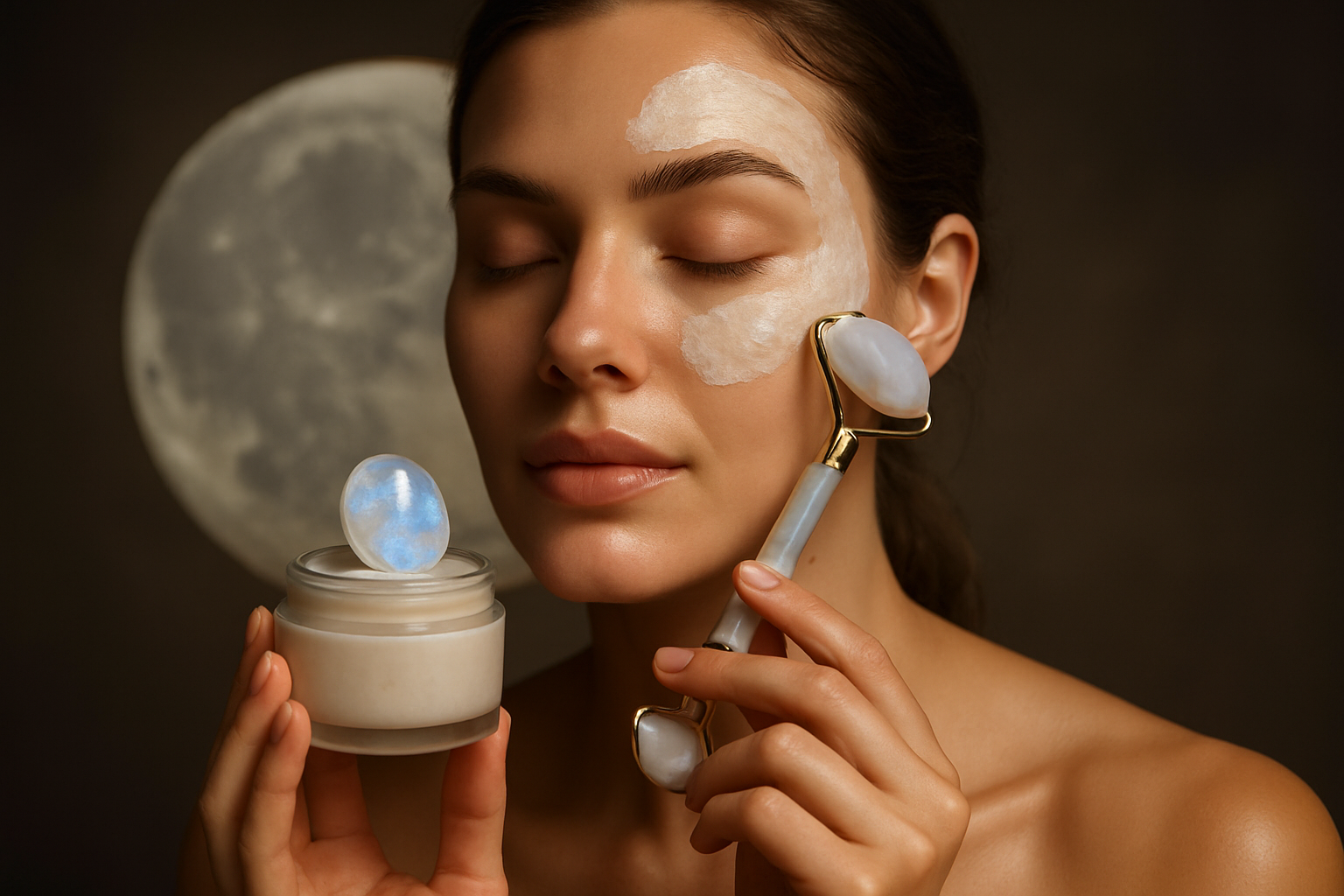Mastering the Art of Facial Massage for Radiant Skin
Facial massage, an ancient practice rooted in various cultures, has gained significant popularity in recent years as a natural approach to skincare. This time-honored technique offers a myriad of benefits, from improving circulation to reducing the appearance of fine lines and wrinkles. As more people seek holistic beauty solutions, facial massage has emerged as a powerful tool in the pursuit of healthy, glowing skin. Its rise to prominence can be attributed to a growing interest in self-care rituals and a desire for non-invasive skincare methods. Understanding the science behind facial massage and its potential to transform one's complexion is crucial for those looking to incorporate this practice into their daily routines.

These traditional practices laid the foundation for modern facial massage techniques. As knowledge of anatomy and physiology advanced, so did the understanding of how manipulation of facial tissues could impact skin health and appearance. Today’s facial massage techniques draw inspiration from these ancient practices while incorporating contemporary scientific insights.
The Science Behind Facial Massage
At its core, facial massage works by stimulating blood flow and lymphatic drainage in the face. This increased circulation brings more oxygen and nutrients to the skin cells, promoting cellular renewal and collagen production. The lymphatic system, responsible for removing toxins and waste from tissues, is also activated during facial massage, helping to reduce puffiness and promote a clearer complexion.
Research has shown that regular facial massage can lead to improved skin elasticity and firmness. A study published in the Journal of Cosmetic Dermatology found that facial massage combined with a moisturizing cream significantly improved skin texture and reduced the appearance of wrinkles. The mechanical stimulation of massage also helps to relax facial muscles, which can soften expression lines and promote a more youthful appearance.
Techniques and Tools for Effective Facial Massage
There are numerous facial massage techniques, each designed to target specific concerns or areas of the face. Some popular methods include:
-
Effleurage: Light, sweeping strokes that help to relax the facial muscles and improve circulation.
-
Pinching: Gentle pinching motions that stimulate collagen production and improve skin tone.
-
Tapping: Quick, light tapping movements that energize the skin and promote lymphatic drainage.
-
Kneading: Deeper massage movements that help to release tension in facial muscles and improve blood flow.
In addition to hands-on techniques, various tools have been developed to enhance the facial massage experience. Jade rollers and gua sha stones, inspired by traditional Chinese practices, have gained popularity for their cooling properties and ability to contour the face. More modern tools like microcurrent devices and facial massage rollers offer targeted stimulation and are often used in conjunction with manual techniques.
Incorporating Facial Massage into Your Skincare Routine
To reap the full benefits of facial massage, consistency is key. Experts recommend incorporating a brief facial massage into your daily skincare routine, ideally in the evening when you have more time to relax and allow the benefits to take effect overnight.
Start by cleansing your face thoroughly to remove any makeup or impurities. Apply a facial oil or serum to provide slip and nourishment to the skin during the massage. Begin with light, upward strokes along the neck and jawline, gradually working your way up to the forehead. Pay special attention to areas of tension, such as the brow and temples.
For best results, spend at least 5-10 minutes on your facial massage. Remember to be gentle, especially around the delicate eye area. After the massage, complete your skincare routine with moisturizer to lock in hydration and enhance the massage’s benefits.
The Role of Facial Massage in Professional Skincare
While at-home facial massage can be incredibly beneficial, professional treatments offer a more intensive experience. Many estheticians and spa professionals are trained in advanced facial massage techniques that can address specific skin concerns.
Professional facial massages often incorporate additional elements such as aromatherapy, hot and cold therapy, or the use of specialized tools. These treatments can be particularly effective for addressing issues like sinus congestion, TMJ pain, or deep-set wrinkles.
Some popular professional facial massage treatments include:
-
Lymphatic drainage massage: Focuses on stimulating the lymphatic system to reduce puffiness and detoxify the skin.
-
Kobido: A Japanese facial massage technique that combines rhythmic movements with acupressure to lift and tone the face.
-
Sculptural face lifting: A technique that uses deep tissue manipulation to reshape facial contours and improve muscle tone.
Precautions and Considerations
While facial massage is generally safe for most people, there are some precautions to keep in mind. Those with active acne, rosacea, or other inflammatory skin conditions should consult with a dermatologist before incorporating facial massage into their routine. Similarly, individuals with recent facial surgeries or injections should wait until they are fully healed before resuming facial massage.
It’s also important to note that while facial massage can improve skin appearance and health, it is not a substitute for a comprehensive skincare routine or professional treatments when necessary. Sunscreen, proper cleansing, and targeted skincare products should still form the foundation of any skincare regimen.
The Future of Facial Massage in Skincare
As the beauty industry continues to evolve, facial massage is likely to play an increasingly prominent role in both at-home and professional skincare routines. Advancements in technology may lead to the development of more sophisticated tools and techniques that can further enhance the benefits of facial massage.
Moreover, as research in the field of dermatology and aesthetics progresses, we may gain deeper insights into the long-term effects of facial massage on skin health and aging. This could lead to more targeted and effective massage protocols for specific skin concerns.
The growing interest in holistic and natural beauty approaches suggests that facial massage will continue to gain popularity as a non-invasive, accessible method for maintaining healthy, youthful-looking skin. As more people discover the benefits of this ancient practice, it is likely to become an integral part of modern skincare routines, bridging the gap between traditional wisdom and contemporary beauty standards.



